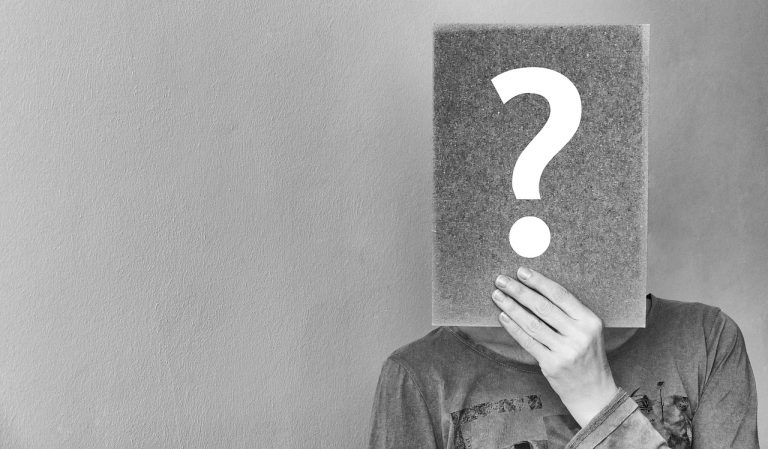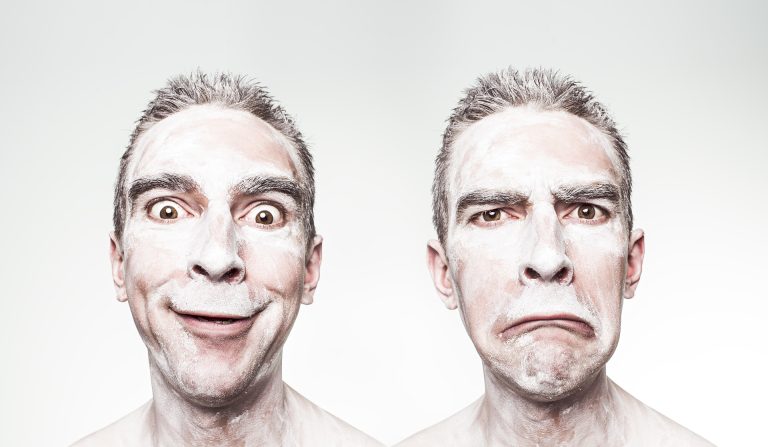I’ve got my regular appointment with my psychiatrist tomorrow.
For the most part these sessions are productive and a great opportunity to better understand my bipolar diagnosis. I’m truly grateful that I’m in a position to have monthly appointments with my practitioner – not everyone is so lucky. Having regular appointments is almost like a way-point on a one’s journey to successful treatment.
I say journey because there is no silver bullet like, “take your pills and you’ll be fine”. It’s a process and along the way shit happens. In the time since your previous appointment and this one your triggers may have changed and how you’ve managed them (or not) may be an indicator that your medication needs adjusting, or that you need to make changes to your ‘operating environment’.
A universal flaw of us mortals is that our memories of experiences fade, fairly quickly. An event happens in a moment of time but one’s memory of the experience fades over time and this quickly erodes any chance you’ll have of a really useful appointment. Don’t be that ‘I’m fine’ guy when you’re asked , ‘how’re you doing ?’- you might be fine in that moment but what’s really gone down since you were last there. That says entirely zilch.
Jip, jip! Here’s some of things I try to do before and between appointments some if ya’ll might find useful.
Keep it Simple, Stupid.
You’re probably overwhelmed with the plethora of ‘tools’ there are to help you manage and track your treatment journey. Some of the tools are super useful, sure, but they’re only as useful as the information you provide.
Two tools that I’ve found useful are the Medsafe app and a mood tracker.
Medsafe
Medsafe is for me the gold standard of chronic medication tracking and adherence monitoring in my view. You load up your medications and set the times you should be taking them. At those times you’ll get a reminder to take your meds. The end. Kinda.
For those casual readers that are thinking, “what’s the problem? Twice a day is twice a day – easy peasy… right?” No. Life happens in between and it’s pretty easy to justify putting off taking your medication until later if you’re busy. Us bipolar folk are busy either on a hundred things or so locked on to the newest project time is meaningless.
Medsafe is useful not only in reminding you to take your medication but it is also super useful to your psychiatrist and helps them join the dots about some of the things you talk about at your appointment. It’s also useful evidence for a proper uit kak session if you’ve been lax about taking your meds.
Mood Tracking on Google Forms
There’s dozens of mood tracking apps out there. Don’t get me wrong, I love an app as much as the next guy but sometimes we overthink things and make things more complicated than they need to be.
That’s my experience with mood trackers like Daylio and eMoods. First of all their interfaces are busy and not all that intuitive about what you should be doing. Secondly, most of them measure way too many metrics than are entirely necessary. The combined effect of these two leads to something I call ‘app fatigue’. You’ll use it for a few days until the novelty wears off and then ditch it.
That said tracking your mood is important to to measure your progress on your journey to wellness. Without evidence that your medication is working you just have anecdotal memories about how you’ve felt and mostly how you think you felt is a function of what you’re feeling in the moment you’re thinking about how you felt. Does that make sense?
Clearly mood tracker apps aren’t for me. I still think it’s important to have some data to work with when you visit your doc. My solution to ‘app fatigue’ was to make an app of sorts of my own. It’s a fairly rudimentary tool but it’s working for me – a Google form.
I’ve set up a branched form that I complete when I remember, and usually when I take my medication – which is twice a day. I chose just three moods: mad, glad or sad. Once that’s been recorded I’m sent to a sheet that asks some other questions about that particular mood and why I think that mood is where I’m at.
The form link is on my home screen so I can access it quickly.
Every time I complete the form it dates and timestamps my response. Using the really simple graph tools in Google Sheets it’s easy enough to ‘track’ just these three moods over time. Over on Sheets I’ve assigned mad a value of 1, glad 0 and sad -1. You don’t have to assign a number but I like to do a 7 day moving average rather than a bunch of bar charts.
I’ll do a more thorough post about the form and how I use it some other time, but here’s a copy I made of it so you can see what it looks like – at least on the front end.
Journal
Many people find keeping journal a useful tool to expressing their feelings at a particular moment. Of course one could journal every day if you’re so inclined. I simply don’t have the patience or inclination to do so.
That said, I reckon it’s important to keep track of major events or at least things that have stood out about a particular day. You could write it down in a journal but a voicenote is just as good. Voice-notes are a great way to capture your thoughts ‘live’ and unfettered by the limitations of both speed and effort required to keep a written journal.
Before you head off for your appointment put all your voicenotes from the month into a folder so you don’t have to dig around for them during your appointment and waste precious (and expensive) time. As you go through ‘how you’re really feeling?’ play the voice note you made about a particular thing that happened that you think is relevant to the conversation.
Journaling is pretty vital in my view since it helps avoid the, “I’m fine” landing at your appointment and helps preset a more true reflection of how you’ve been in the time since your last appointment. Sometimes I feel sorry for my poor doc having to listen to 10+ voice notes every appointment but I am assured he finds them insightful.
Brutal honesty
It goes without saying that you should be honest and open with your psychiatrist at all times. If you aren’t prepared to be totally honest then cancel your appointment at the very least, or find a new psychiatrist you’ll feel comfortable being honest with.
Again, it seems like a no brainier to be honest at your appointment. It’s more difficult than people think though. Usually, and I mean this in all sincerity, it’s likely that a bipolar person did something super embarrassing or downright dumb and would rather bury those memories.
Don’t hold back, no matter how bizarre your behavior was in the time sine your last appointment.
I promise you your doctor has seen it all with us bipolar folk. If I could only tell you some of the shit people – and myself – have shared at my support group you’d all think I was making it up.
Research
The last thing I like to do is make sure I arrive at an appointment with all the questions I have about treating bipolar in general, and my treatment plan in specific. This would typically include understanding the official diagnosis you’ve been given: bipolar I, II or cyclothymic disorder and their additives mixed episodes and rapid cycling.
If you medication or dosage changed since your last visit come prepared with the concerns you have about a particular medication and be ready to challenge pill pushing (it happens). Be sure to read up on the side-effects some of these medications have and consider whether they are in fact impeding your ability to stay the course of your treatment of medication regime.
From time to time something really interesting pops up in psychiatric circles like academic journals and new research about the condition. Read up about these and chat about them with your doc – not only is it a great conversation starter about the very reason you’re at thier rooms but it’s also great for you to be knowledgeable about your diagnosis so you can both skip the chit-chat and get to the meat of your appointment right from the outset.
Keep your appointment!
So there you have it: my tips for preparing for your next psychiatrist appointment. It;s worth noting that this is more about preparing for a routine appointment – if you’re visiting a psychiatrist for the first time obviously you’ll have other considerations.





